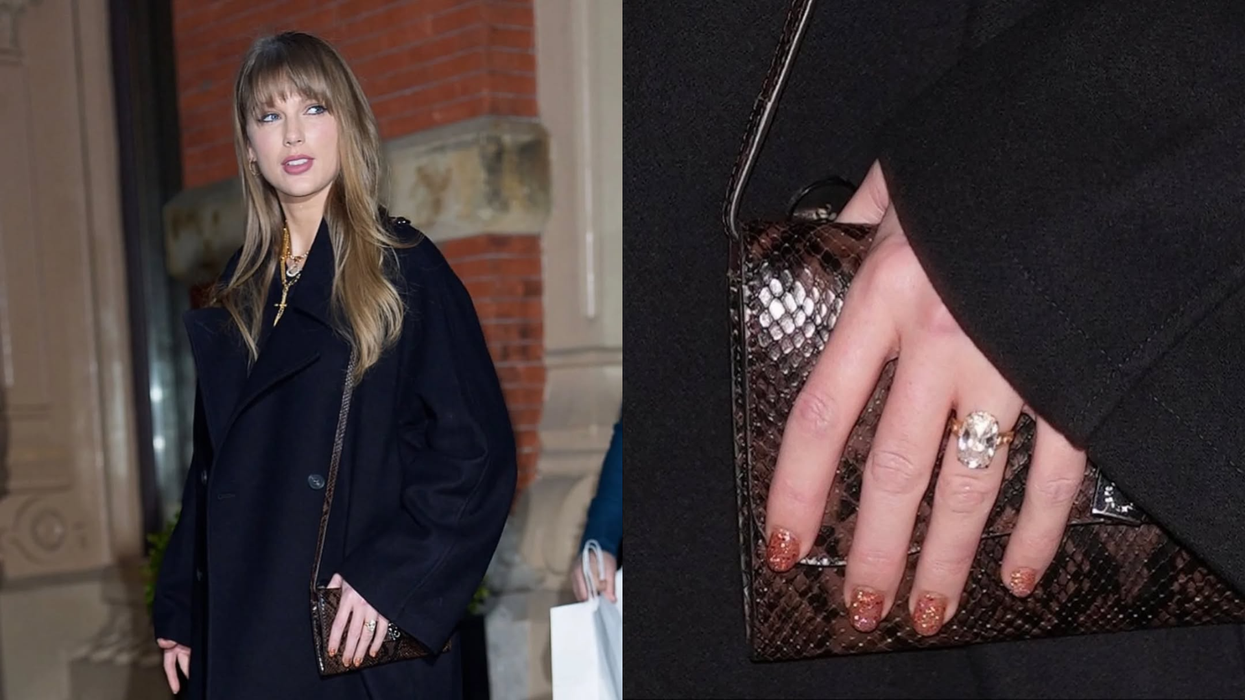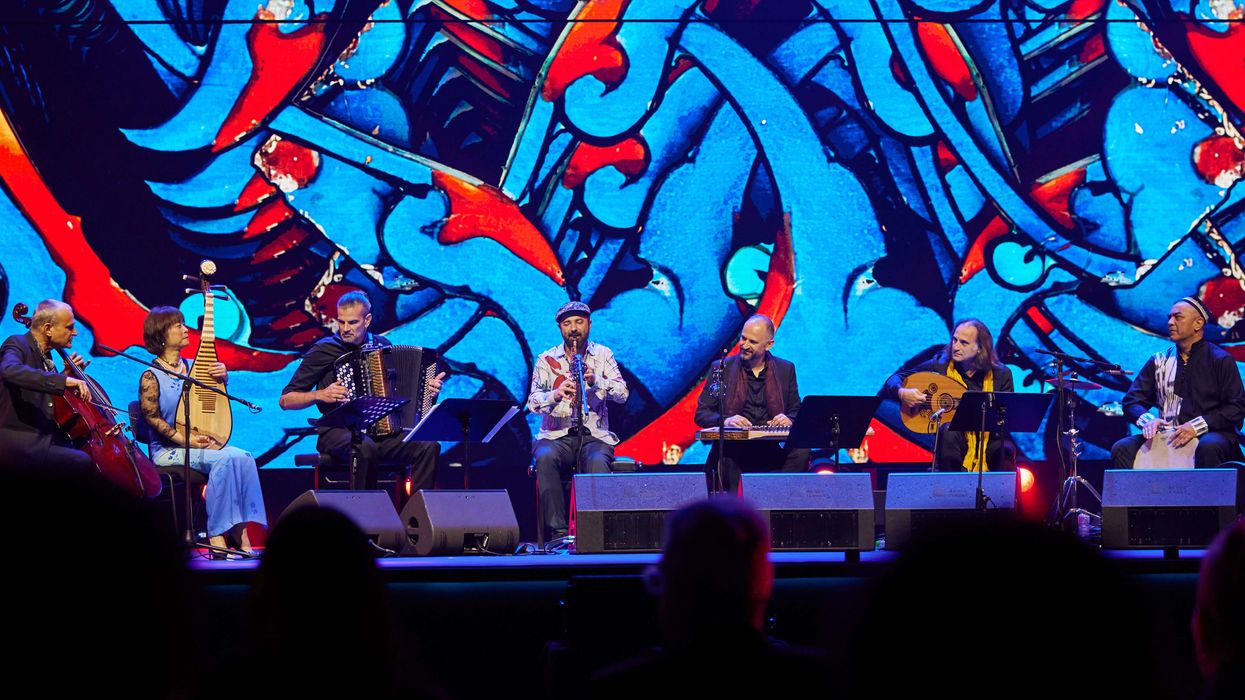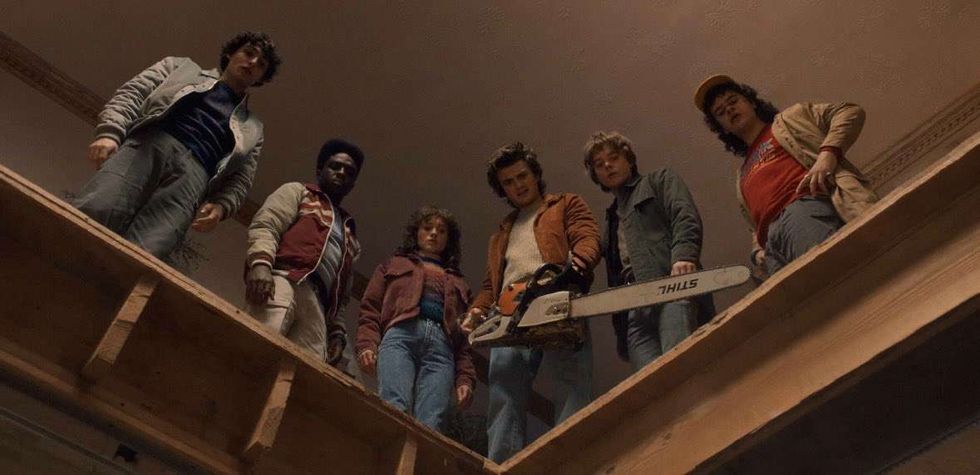Twenty-five years after it first captivated global audiences, Walking With Dinosaurs is making a comeback. The new BBC factual series, narrated by actor Charlotte Ritchie, reimagines the groundbreaking 1999 show using cutting-edge science and state-of-the-art visual effects to explore the lives of six individual dinosaurs. The six-part series will air on BBC One and BBC iPlayer and has been co-produced with PBS, ZDF, and France Télévisions.
Charlotte Ritchie, best known for her roles in Ghosts, Feel Good, and Call the Midwife, leads the narration in this latest retelling, bringing emotional depth and clarity to stories rooted in real palaeontological discoveries.
Each episode focuses on a single dinosaur and is built around true fossil finds. This shift from a general overview of species to character-led narratives gives the series a new emotional dimension. “These are real creatures,” said showrunner Kirsty Wilson. “I’ve seen their very remains come out of the rock and I know from the evidence that they lived real, beautiful and complex lives.”
Episode highlights
Episode one, The Orphan, follows Clover, a young Triceratops, navigating the dangers of Laramidia 66 million years ago. Her fossil was discovered in the Hell Creek Formation in Montana, close to the remains of a Tyrannosaurus rex, suggesting a real-life predator-prey encounter.
In The River Dragon, viewers meet Sobek, a Spinosaurus who lived in ancient Morocco. Discovered by palaeontologist Dr Nizar Ibrahim, Spinosaurus is believed to have spent much of its life in water. The episode portrays Sobek as a devoted father protecting his offspring while navigating a treacherous environment filled with predators.
Episode three, The Band of Brothers, features George, a juvenile Gastonia discovered in Utah. Covered in protective spikes and plates, George and his siblings face threats from Utahraptors, large predatory dinosaurs thought to hunt in packs.
Rose, a young Albertosaurus, takes centre stage in The Pack. Discovered in Alberta, she is depicted as part of a group of agile predators. Her episode highlights the possibility that Albertosaurus may have hunted cooperatively, based on multiple fossils found in a single site.
In The Journey North, the story follows Albie, a juvenile Pachyrhinosaurus, through a dangerous 400-mile migration. Palaeontologist Dr Emily Bamforth’s work at Pipestone Creek Bonebed forms the basis of this episode, which also explores how these large herbivores may have used their unique horned frills for recognition within vast herds.
The series concludes with Island of Giants, focusing on Old Grande, a colossal Lusotitan from what is now Portugal. His fossil is the most complete specimen of this species ever discovered, offering insights into the behaviour and physical characteristics of one of Europe’s largest dinosaurs.
Bringing dinosaurs to life
The new Walking With Dinosaurs uses the latest VFX technology to recreate prehistoric worlds with unprecedented detail. The dinosaurs were built from digital skeletons outward, incorporating muscle and skin based on fossil evidence. Each episode is grounded in up-to-date palaeontological research, with real dig sites featured throughout.
The team’s commitment to accuracy extended to every element, including simulating realistic movement by physically interacting with natural environments while dressed in blue suits – a method used to later insert the digital dinosaurs seamlessly into real landscapes.
The involvement of scientists like Dr Nizar Ibrahim and Dr Emily Bamforth ensured that the series reflects the most recent findings. For instance, new evidence supports that some dinosaurs, such as Albertosaurus and Yutyrannus, had feathers, and that Spinosaurus was primarily aquatic.
Science and storytelling
Unlike the original 1999 series, which focused more on general prehistoric ecosystems, the updated version intertwines factual storytelling with emotional character arcs. Each dinosaur’s tale is inspired by fossil evidence and current scientific theories, adding emotional resonance without sacrificing accuracy.
This mix of factual content and cinematic narrative is at the heart of the reboot. “We wanted this series to feel like a natural history drama taking place today,” said Wilson.
The series also reveals lesser-known facts about the prehistoric world. For example, the grassless environments of the Mesozoic era posed unique challenges during filming, requiring careful location scouting to maintain authenticity.
Production and broadcast
Walking With Dinosaurs was commissioned by Jack Bootle, BBC’s Head of Commissioning, Specialist Factual. It is produced by the BBC Studios Science Unit, with Andrew Cohen and Helen Thomas as executive producers, alongside Wilson as showrunner. The international co-production involves PBS, ZDF, and France Télévisions, with global sales handled by BBC Studios.
With Charlotte Ritchie guiding viewers through each episode, the series promises to be a compelling blend of science, storytelling, and visual spectacle, designed to engage both long-time fans and new audiences.







 ‘Stranger Things season 5’ review roundup: Strong opening for some, uneven start for others X/Stranger Things Archive
‘Stranger Things season 5’ review roundup: Strong opening for some, uneven start for others X/Stranger Things Archive 






